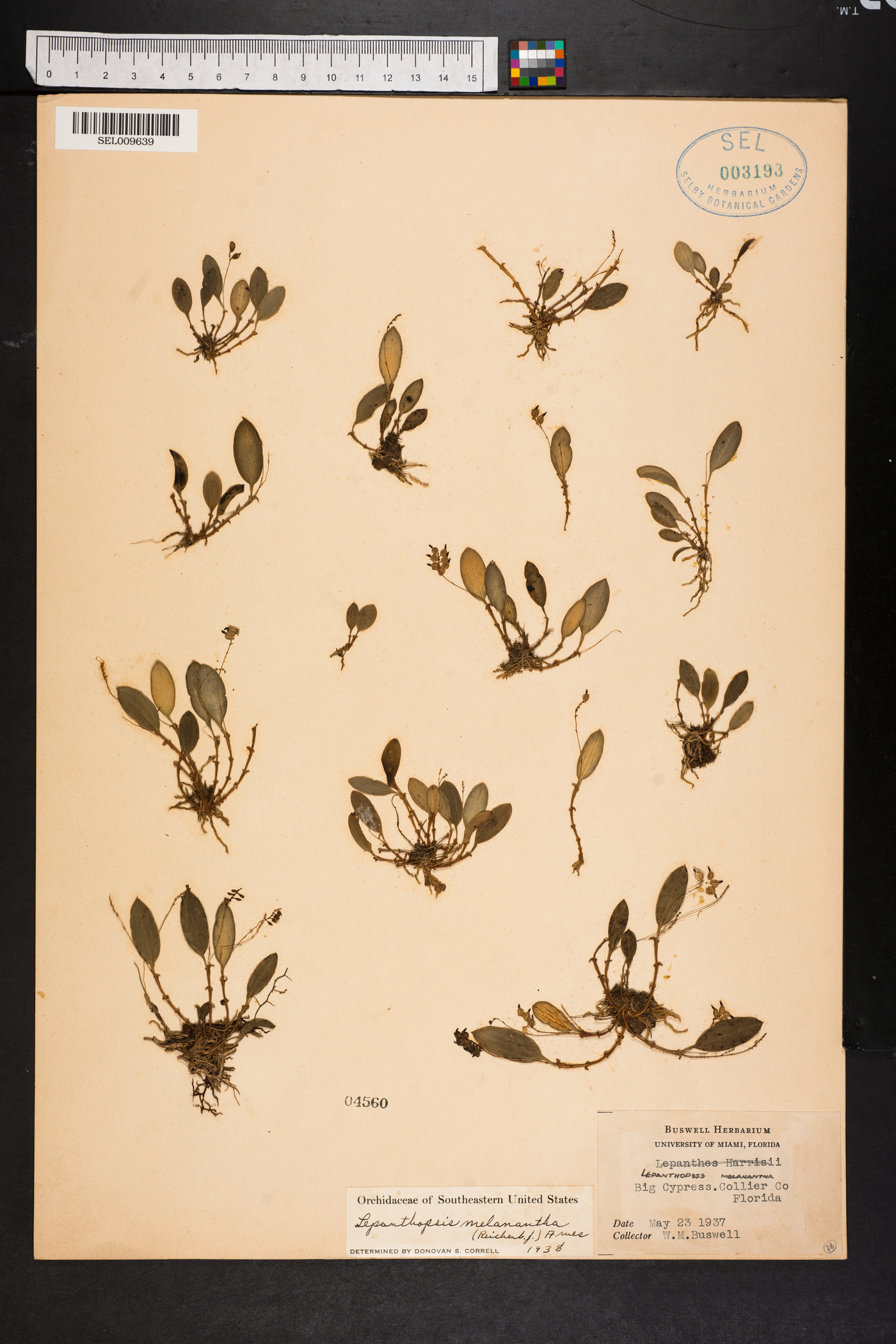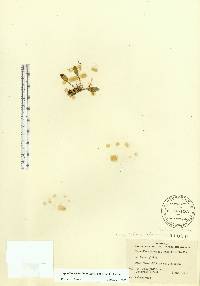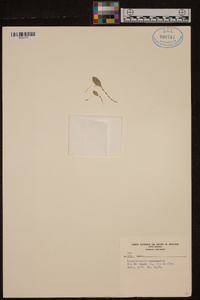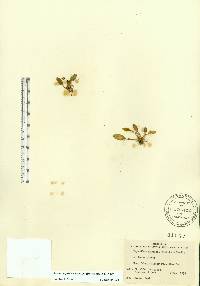
|
|
|
|
Family: Orchidaceae
Tiny Orchid
[Pleurothallis melanantha Rchb.f.] |
|
This project was made possible in part by the Institute of Museum and Library Services [MG-70-19-0057-19].
Powered by Symbiota






